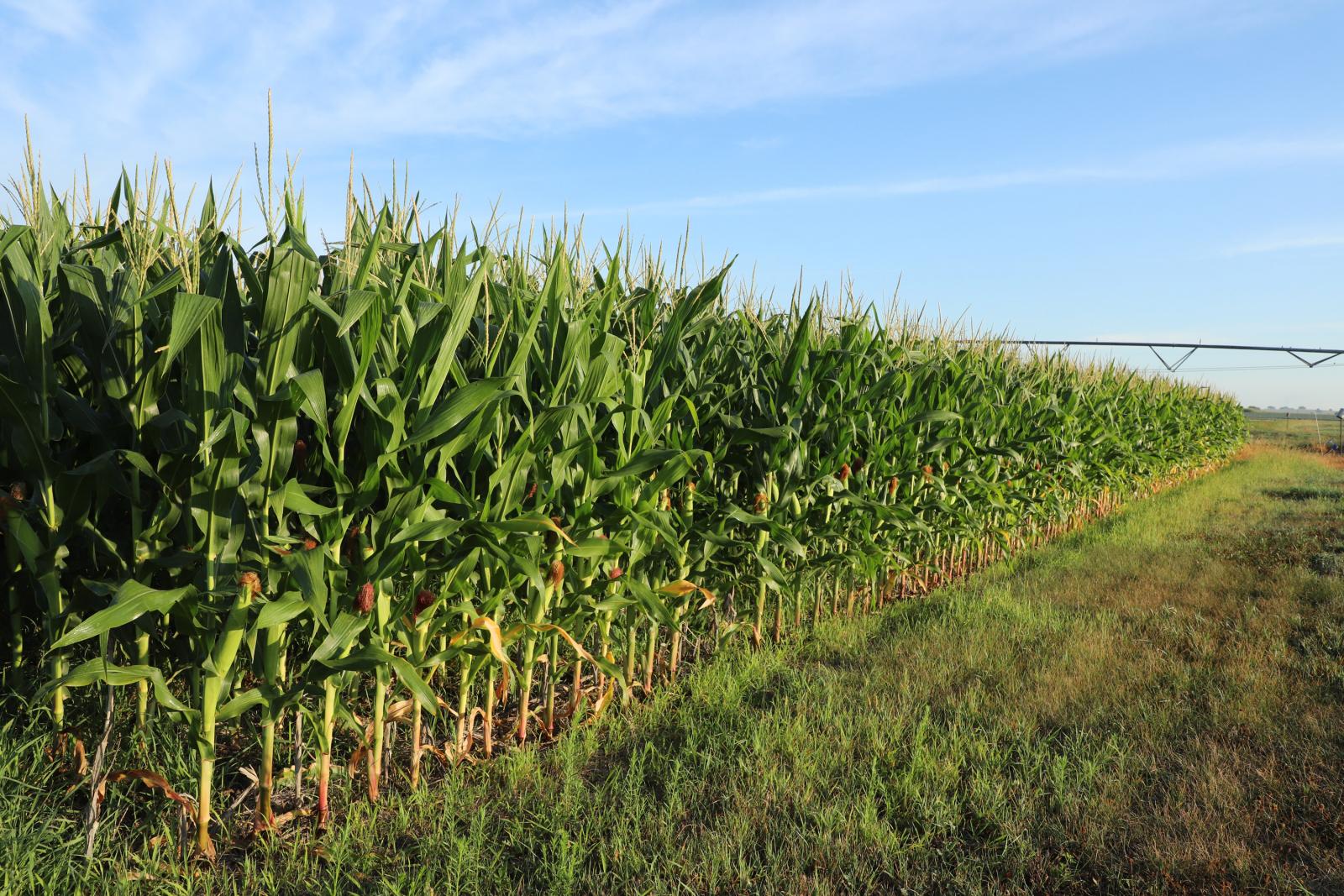Instructor(s): Don Lee
Number of Credit Hours: 2
Cross-listings: PLAS 412
Prerequisites: A previous class in Genetics is highly recommended.
Description: Application of classical and molecular genetic principles to the explanation of variation observed in plant families and populations. Interpretation of information gathered from whole plant trait observation and from molecular analysis. Relationships between crops and weeds. Examples from genetic studies on both crop and weed species are the basis of course.
Learning Outcomes/Course Objectives
- Describe the relationship between genes and chromosomes. Predict how phenotypic variation will be inherited based on this relationship and chromosome behavior during sexual reproduction.
- Recognize the pattern of inheritance observed when traits are controlled by cytoplasmic genes compared to nuclear genes. Explain how fundamental differences between the nuclear and cytoplasmic chromosomes impact variation.
- Contrast the inheritance and phenotypic variation expected with quantitative versus qualitative traits.
- Plan genetic experiments that will determine the genetic basis for the inheritance of specific traits. Describe how data collection and analysis would vary when studying traits that are qualitative compared to quantitative traits.
- Describe DNA analysis techniques that are used to observe or analyze the genetic control of variation in plants. Propose the use of these techniques in studies designed to map genes, make inheritance predictions, measure variability, or assess the expression of genes.
- Contrast polyploid and diploid plants relative to origin, genetic variability and trait inheritance.
- Compare the study of genetic variation in populations and families. Predict changes in the genetic variation of populations when forces such as selection or migration are at work.
- Propose the application of genetic modification methods in plant genetic discovery or to introduce genetic variation which can improve plant phenotype.
- Search the primary literature to find peer reviewed research articles that provide insights on genetic variation in crop or weeds. Share an appropriate analysis of these articles with peers.
